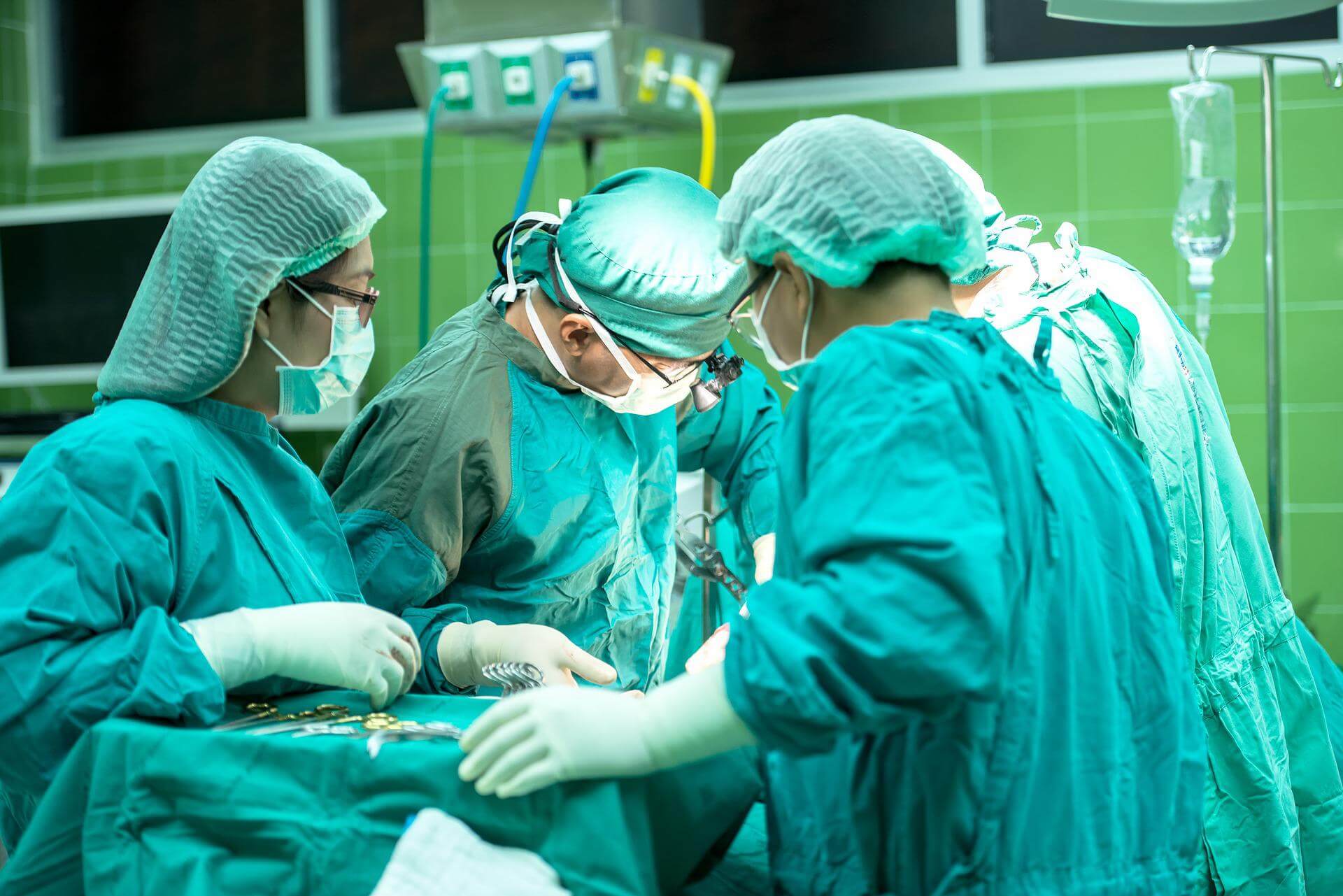Pre-hospital Management of Burn Patients
Pre-hospital Management of Burn Patients

Regional burn care facilities with improved survival rates for burn victims are limited in each state. Consequently, it is crucial to provide prompt and exceptional pre-hospital care to ensure burn patients reach these specialized centers for the necessary treatment.
The initial step in managing burns involves safely removing the affected individual from the source of the burn. It’s essential to execute this process cautiously to prevent harm to the rescuer. This includes the removal of burning clothing, as well as any watches or jewelry. If available, you should apply water to the burned area to cool it down, taking care not to cause the individual to become hypothermic. Monitor the patient’s core temperature and cease the cooling procedure if hypothermia occurs. It is essential to avoid using ice packs or ice as they can harm the tissue.
For chemical burns, rinse any chemical liquid or brush off any chemical powder while wearing gloves to prevent contact with the chemicals. Avoid neutralizing the chemical with another chemical, which can generate heat and cause further tissue damage. In the case of electrical burns, deactivate the electrical source before moving the person from the site.
When assessing a burn victim for the first time after the injury, two surveys should be conducted: a “primary survey” and a “secondary survey.” The primary survey is a quick check for life-threatening issues, while the secondary survey involves a comprehensive examination of the entire body, including non-burn-related injuries.
During the primary survey, evaluate whether there has been lung or airway exposure due to inhaling hot gases. Regardless of evidence of airway exposure to smoke, all victims should receive 100 percent humidified oxygen via a mask. If there are signs of progressive hoarseness, it may indicate airway obstruction and necessitate airway management.
To prevent excessive swelling, consider inserting a ventilator tube into the victim’s trachea. Monitor the chest to ensure it expands with each breath.
For protection against non-burn-related injuries in the secondary survey, consider placing the patient in a cervical collar or on a backboard. Establish IV access as soon as possible before swelling complicates the procedure. Administer an IV solution at a rate of 500 ml per hour for individuals aged 14 and older, as a significant amount of fluid from the blood vessels will shift to the burned areas, potentially leading to shock.
Cover the patient with clean dressings or a clean sheet to shield the burn from the environment during transport. Place a blanket over the clean sheet. Apart from IV access, focus on pain management and fluid resuscitation. Administer pain medication in small amounts, avoiding oral or intramuscular injections.
At the Initial HospitalUnless the burn incident occurs near a specialized burn center, the patient will be transported to the nearest medical facility equipped to handle such cases. The assessment process at this facility resembles the pre-hospital evaluation but benefits from a broader range of resources. X-rays can be utilized to rule out any potential bone fractures. If an adequate airway was not established during the pre-hospital phase, it should be prioritized at this stage.
Concurrently, a comprehensive patient history should be collected, encompassing details such as the time and nature of the incident, as well as the patient’s medical history. Simultaneously, arrangements for transferring the patient to a burn center should be made.
At the initial facility, a thorough examination of all significant pulses is imperative, particularly if the burns encircle the torso or limbs. If pulses are absent by palpation or detected through Doppler ultrasound, an escharotomy should be performed immediately to prevent constriction of blood flow to distal areas.
The burned area should be assessed for both its depth and extent. Any blisters larger than one inch in diameter can be deflated using bacitracin or another appropriate burn ointment. The wounds should then be dressed with sterile dressings for further transportation. Additionally, it is advisable to establish a second intravenous (IV) site promptly to ensure continuity of access in case of IV failure. Ringer’s lactate solution is the preferred fluid for burn patients, and specific formulas based on body surface area can guide the administration of fluids. Without such a formula, healthcare staff should monitor urine output via a Foley catheter to maintain an appropriate fluid balance. Lastly, a nasogastric tube should be inserted through the nose into the stomach to alleviate excess gastric pressure during the resuscitation process.
Transportation to a Burn CenterAt the initial facility, the patient must possess IV access, have a nasogastric tube properly inserted, be equipped with a Foley catheter, and maintain a body temperature of 38 to 39 degrees Celsius. The administration of narcotic pain relief should be ceased before transportation is initiated. The choice of transportation method hinges on the patient’s condition and the distance to be covered.
Transportation options encompass the availability of a fully-equipped medical intensive care unit vehicle, the utilization of an airplane or helicopter, arranging for a private plane with appropriately trained personnel on board, opting for a commercial airliner, or relying on ambulance services. The accompanying staff should have at least six months of experience managing burn cases. An effective transport team typically comprises at least one registered nurse, a physician, and a respiratory therapist.
Burn Injury Lawyers in Sacramento, CAIf you or a loved one has suffered a severe burn injury due to an accident, don’t hesitate to reach out to our compassionate and knowledgeable team of Sacramento Burn Injury attorneys. We are here to provide expert guidance and support during this challenging time. You can contact us at no cost for a consultation, where we will offer you valuable legal advice and assistance. Feel free to call us at either (916) 921-6400 or toll-free at (800) 404-5400 to discuss your case.
Editor’s Note: updated 11.1.23 Image from Pixabay by Sasin Tipchai [cs 984]